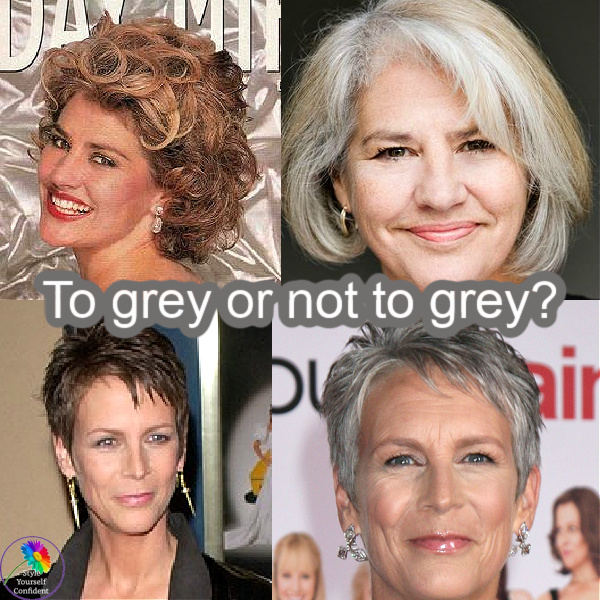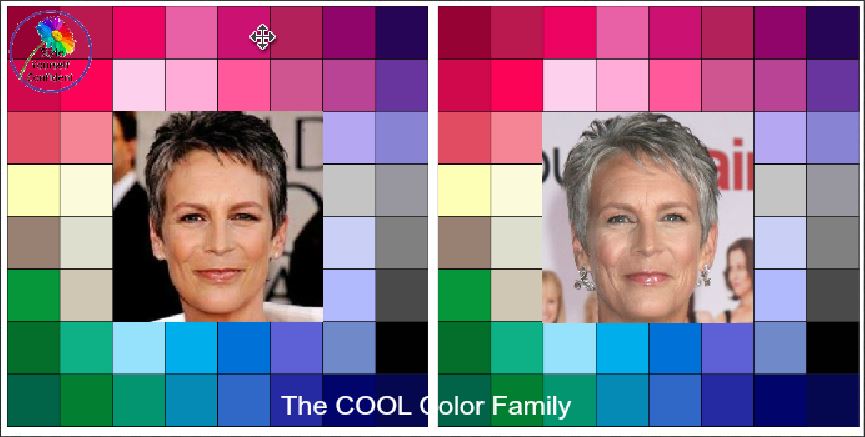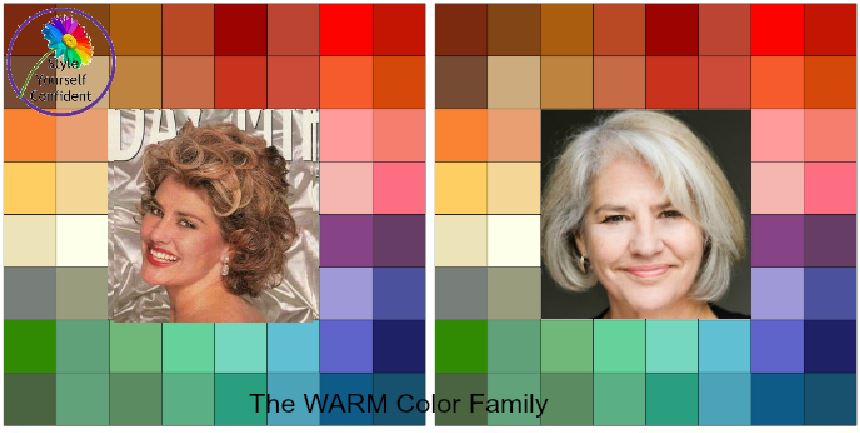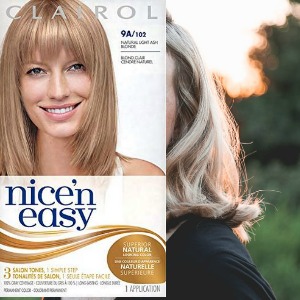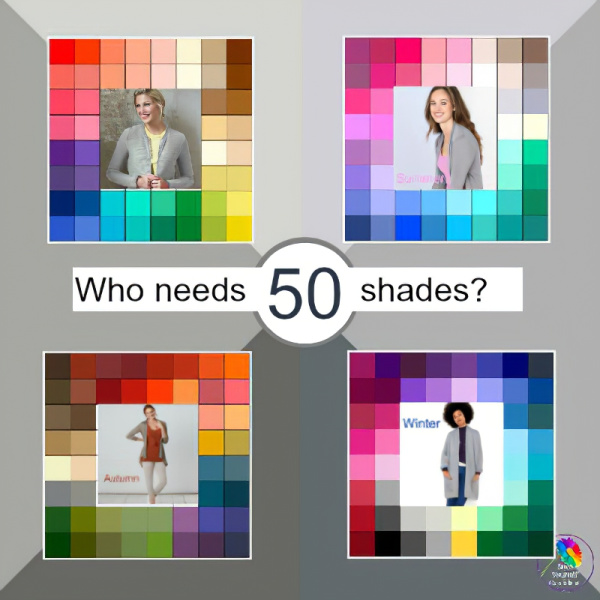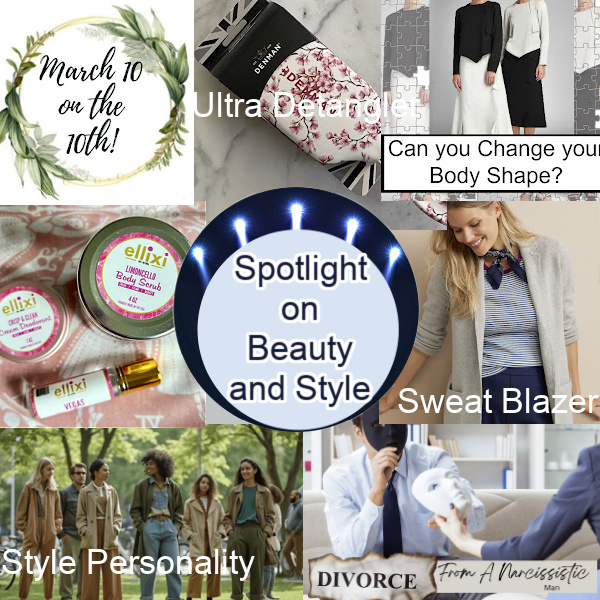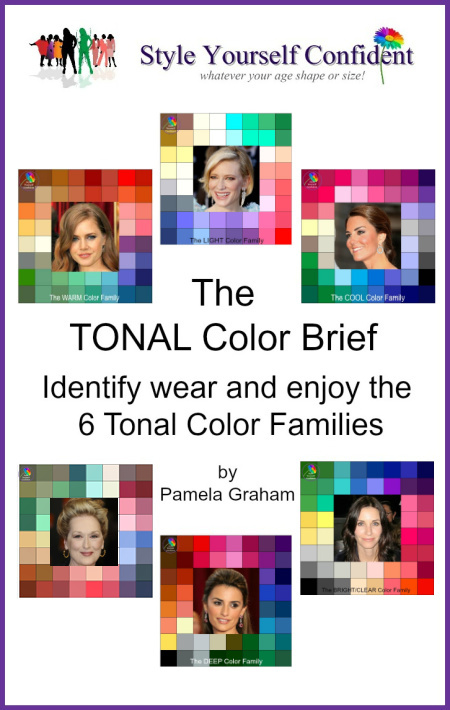or use the SITEMAP
To grey or not to grey?
Going grey is something that many of us never tried or even considered before the Covid lockdown forced our hand! Now, of course, unless you have bravely taken the home color route you may have had to suffer grey or white roots.
On the other hand many women have adjusted, enjoyed and even embraced the idea of being color free as well as saving a fortune!
Let's look at the facts... then you can look at the options!
Let's look at the facts...
- We never signed up to ageing...
- Grey hair isn't always connected to ageing
- Many women love their grey
- Many women don't want to be grey
- You don't have to be grey
- We don't all look and feel beautiful when we turn grey
- Some women embrace and enjoy the process and the freedom of grey hair
- Some women sail through without even thinking about it
- Some are evangelical about going grey
- Some women find it traumatic
- Some women get a great cut, enhance their silver hair and look fabulous!
One size does not fit all!
There is no RIGHT WAY to manage your hair through color change - and don't let anyone tell you what to do. Just do what feels best for YOU!
For most of us going grey is inevitable...
Like it or not we all age and, for most of us, going grey is inevitable at some stage.
Hair changes color with the gradual reduction of melanin; some hairs retain color while others turn white. The overall effect is what we call 'grey' and no two heads react in exactly the same way.
The age at which this happens is 'usually' influenced by your genetic makeup but there can sometimes be medical or stress issues that dramatically bring forward the process of going grey.
How each of us deals with this change is very personal - whether you choose to embrace your new look or not.
Can I tell what color my hair will be?
Natural coloring has so many variations and there is no guarantee that your hair will do what is expected of it. But we can generalize...
Blondes have less hair color pigment initially and are more likely to develop a head of white hair while darker shades will often develop into a deep and attractive shade of steel grey.
Warm coloring will usually retain a 'golden glow' for some time before it settles into a streaky grey, and strong Cool coloring will usually turn an attractive silver.
All of these changes are relevant to the skin tone although everyone's version of 'going grey' will vary.
Does going grey impact on your Color Family?
As hair loses pigment so too can skin tone, but it will not change your genetic makeup. In some cases skin will appear a little cooler and lighter in tone; your eyes may soften in later life but neither of these are a foregone conclusion. In either cases your genetic makeup does not change.
Jamie Lee Curtis with her COOL coloring is just as vivacious as ever now that her hair has turned grey.
Actress Denise Black has WARM coloring and looks fabulous. The warm undertone retains something of a golden look with a warmer grey.
BUT... your coloring may soften!
At the first sign of grey... don't panic!
- At the first sign of going grey it's easy to panic and reach for the colorant. Hold off until you've give it some thought, you'll save a lot of problems.
- Hair care is now the most vital factor. A good cut, moisturize with quality products, avoid stretching the hair and restrict the amount of heat you apply.
- Try a silver shampoo/toner to blend in greys and add a silvery sheen. This will help to blend and tone down any brassiness too.
- Semi permanent color can give a rich shiny color but will fade and wash out completely in 6 - 12 washes.
- Most permanent hair colors contain ammonia which opens up the hair cuticle to allow the color to penetrate. Regular touch-ups are necessary with permanent hair color and it leaves a harsh regrowth line.
- Coloring your own hair at home has never been easier and is reliable. Not for everyone but I now color my own hair with a cost effective pack of Clairol Nice 'n' Easy. I'm very happy with the results and save a fortune! But it certainly isn't right for everyone.
Consider your color palette
Although there is no genetic change, there are a few things to consider and try...
- If your usual colors feel over-powering, try lighter colors close to your face
- In some cases grey or white hair will brighten your look and you might want to strengthen your makeup.
- Never understood your color direction or been wrongly analyzed? Then transitioning into grey hair warrants a little help with Color Analysis.
- Your Color
Palette is not entirely dependent on hair color; your eye color and skin tone will stay largely the same.
- There's no reason to change. If you feel happier introducing softer or
brighter, wear what makes you feel good, as always.
- Joely Richardson (below left) has the same coloring as her mother actress Vanessa Redgrave, now transitioned into a soft white. Vanessa instinctively still enjoys the bright colors that complement her warm coloring.
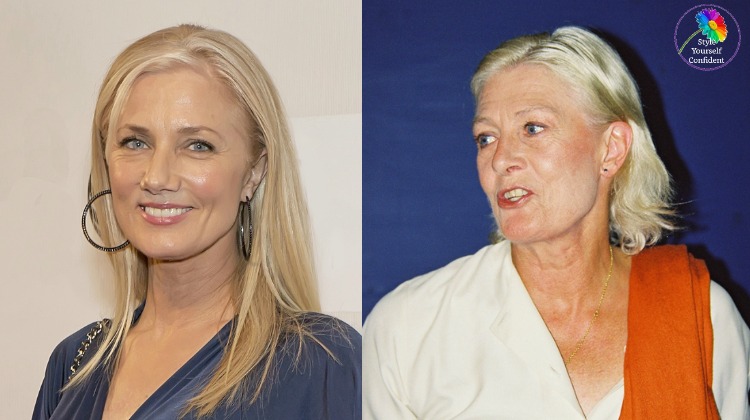 Mother and daughter Vanessa Redgrave and Joely Richardson show that you can still enjoy your color palette as you get older
Mother and daughter Vanessa Redgrave and Joely Richardson show that you can still enjoy your color palette as you get olderGoing grey going forward
- A good haircut and extra care with grooming and makeup will help you to feel good about yourself.
- Try something different. Add some bounce to your hair with curling wand or electric rollers.
- Regular conditioning is now vital because greying hair becomes porous and much more coarse.
- Highlights or lowlights could be
added to blend in silver or grey hairs initially so that visible root
growth is minimal. If hair is a blend of colors it adds softness,
fullness and movement.
- Fading
hair color probably causes the most problems. A silver shampoo or toner
can be very useful in helping to blend and tone down any brassiness.
- Reduce friction which may cause damage like frizzy hair and split ends by sleeping on a natural silk pillowcase. It makes a thoughtful present.
There is no genetic change...
To confirm this fact I've consulted The Tech Museum of Innovation (Genetics) attached to Stanford University and the answer I received reads:
"...the stem cells that turn into the cells that make the pigments that give our hair its unique color die off as we get older. Gray is the absence of the color".
I investigated further...
"Hair color comes from a protein called melanin. The cells in the hair follicles that make melanin are called melanocytes. There are two kinds of melanin. Eumelanin colors hair brown to black and pheomelanin colors hair yellow-blond to red. The amounts of eumelanin and pheomelanin produced by your melanocytes determine your hair color.
If you're a brunette, you have lots of eumelanin, a redhead, lots of pheomelanin. And when your hair turns gray, you've stopped making either"
Real women going grey - share your story!
All of these real women going grey are visitors to the website and have kindly shared stories of their transition into grey. Would you like to share your story with us too? It's so helpful to others... Contact me...
Homepage >> Best Hair Care Tips >> Going Grey
